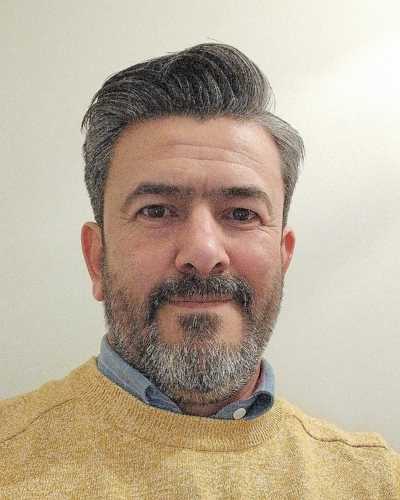Now published, see the full article 
Early Abstract:
Introduction: The COVID-19 pandemic has deeply affected Latin American countries, with countless COVID-19 cases and deaths. In countries like Mexico, Brazil, Peru, Colombia and Ecuador, the public health system collapse and lack of testing capacity did not allow control of SARS-CoV-2 during the first year of the COVID-19 pandemic. Moreover, rural and Indigenous communities in those countries, particularly isolated ones like in the Amazonian basin, were neglected in terms of access to COVID-19 testing and medical aid.
Methods. In this study, we retrospectively analyzed the impact of COVID-19 outbreaks among several endangered Amazonian ethnic groups during the first wave of the COVID-19 pandemic in Ecuador. From June and August 2020, twenty-one Amazonian communities were included in COVID-19 surveillance led by Indigenous community leaders and non-profit organizations.
Results. A total of 853 individuals were tested for SARS-CoV-2 infection by RT-qPCR. A high SARS-CoV-2 infection rate of 54.05% (461 positive individuals) was found. Only one community was COVID-19 free, and the other 20 communities had severe COVID-19 outbreaks with infection rates up to 90%. For the different ethnic groups, the infection rate was: 46.0% for Waoranis; 66.15% for Sionas; 49.8% for Kichwas; 54.9% for Kofans; and 62.3% for Shuars. Additionally, 29 individuals had SARS-CoV-2 viral load values higher than 108 copies/mL.
Conclusion. Our findings confirm that Indigenous communities of Ecuadorian Amazonia were exposed to SARS-CoV-2 community transmission from the early stages of the COVID-19 pandemic, with the potential occurrence of super spreading events. As the COVID-19 national surveillance program was focused in symptomatic individuals attending hospital facilities, rural and remote Indigenous communities in the Ecuadorian Amazonia, including endangered ethnic minorities, were neglected during the first wave of the COVID-19 pandemic.
Keywords: SARS-CoV-2, Indigenous people, COVID-19, Ecuador, super spreaders, Amazonia.






